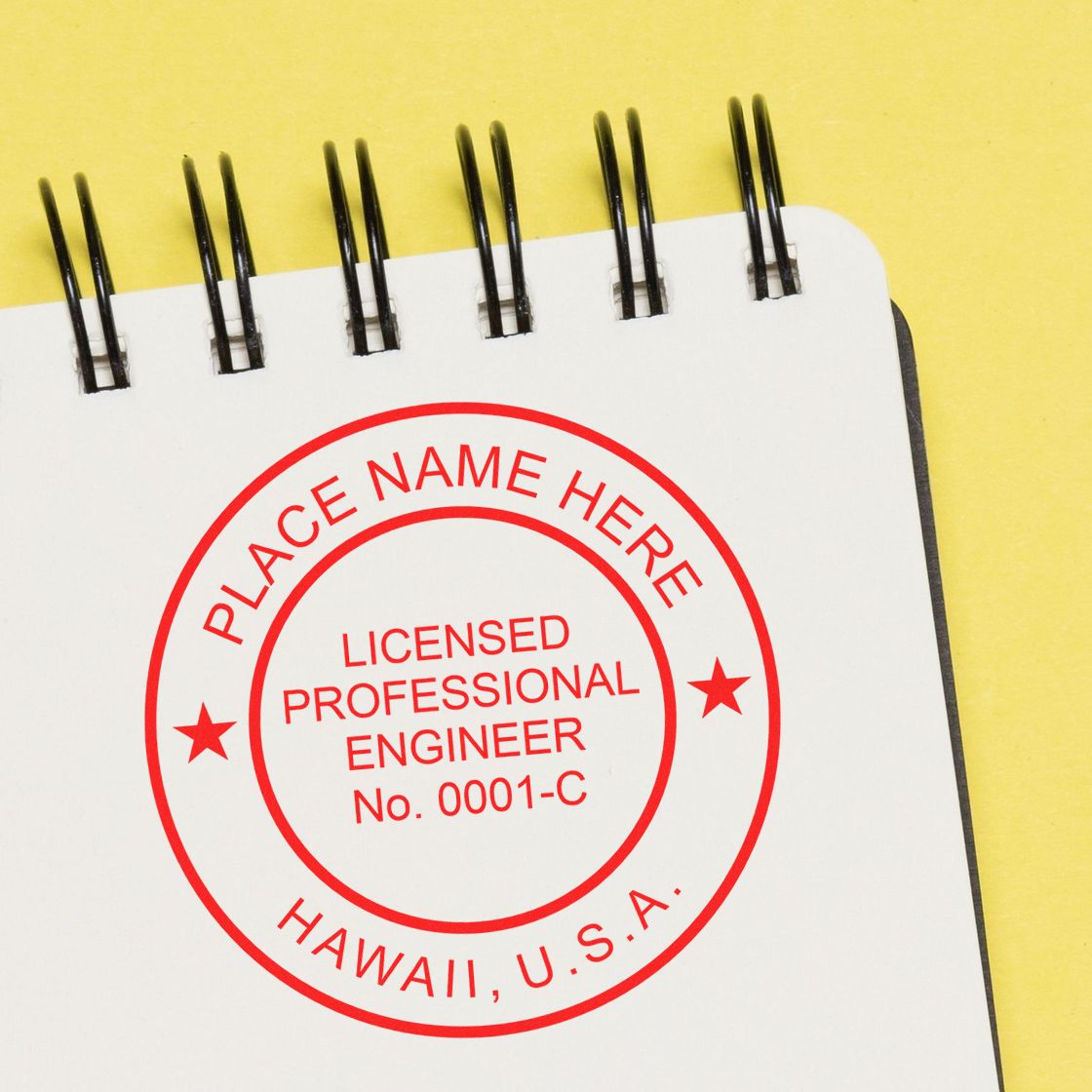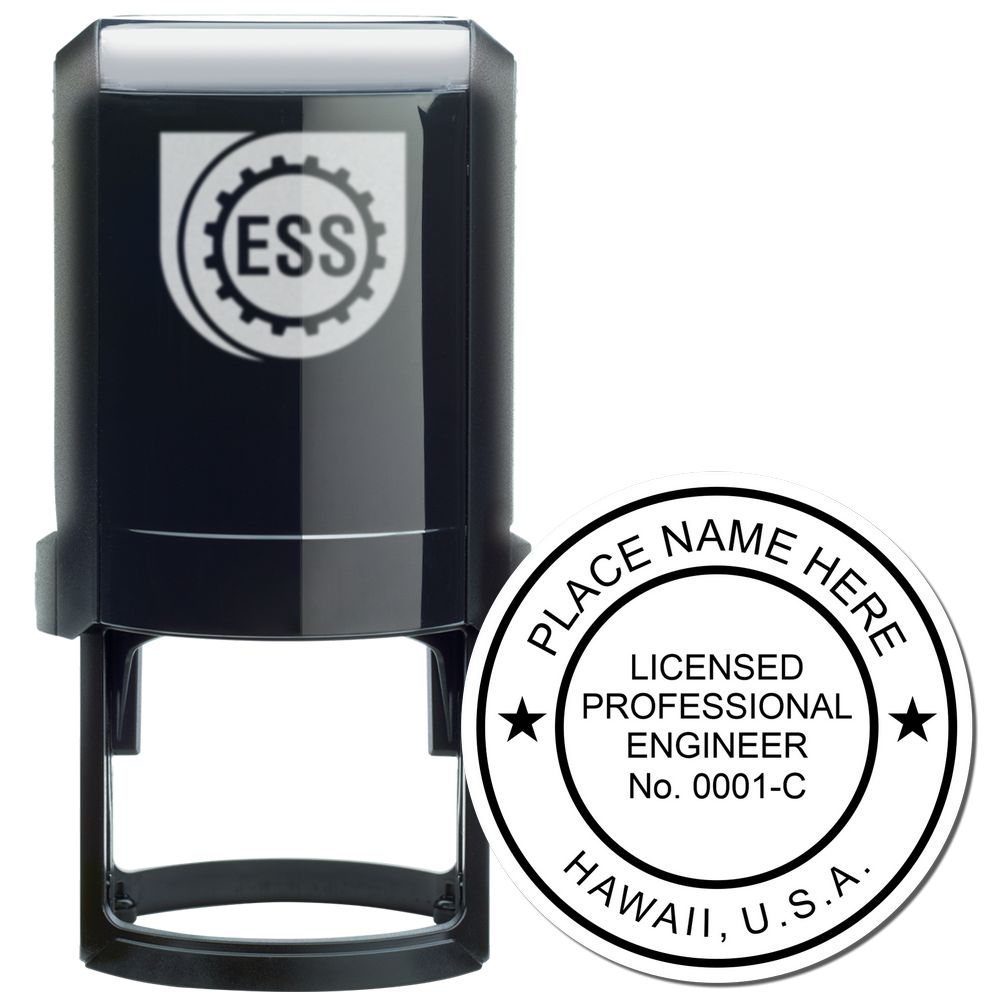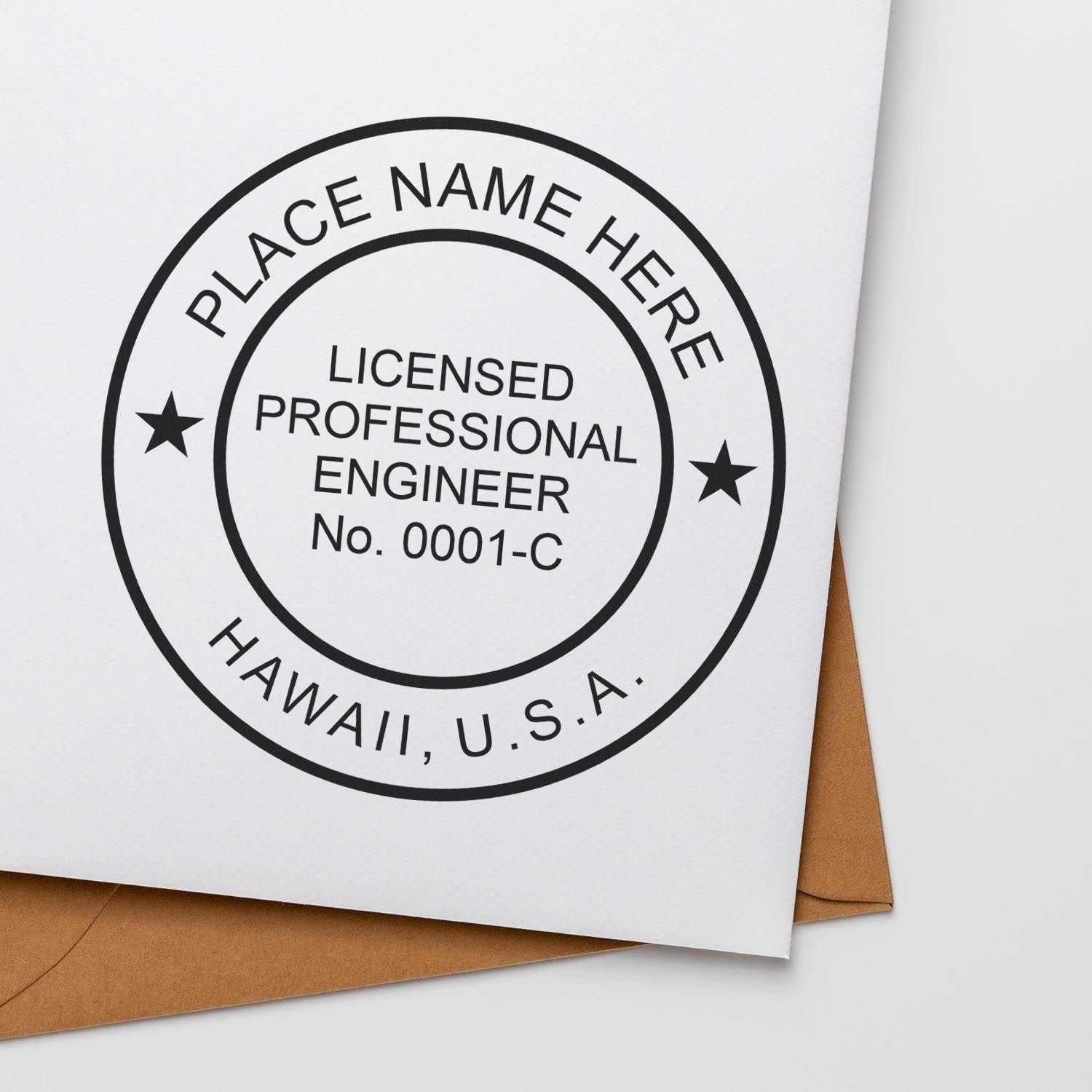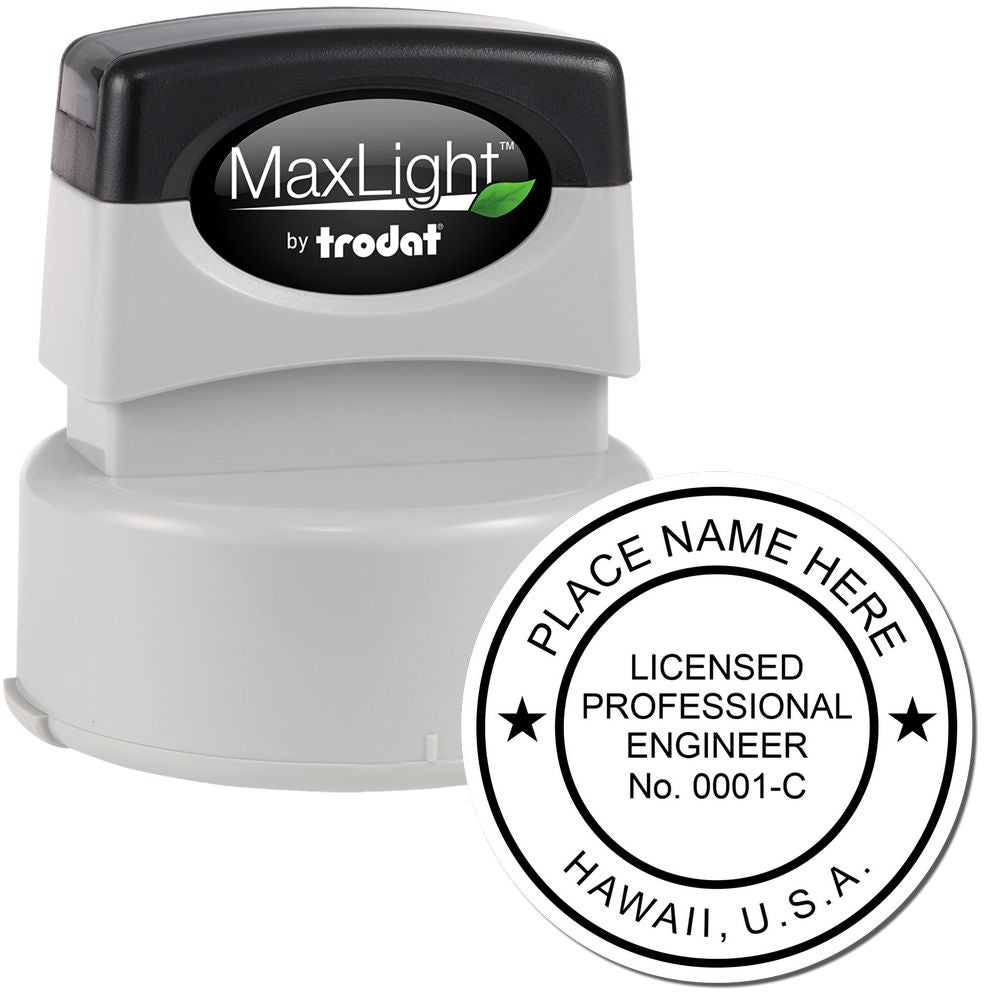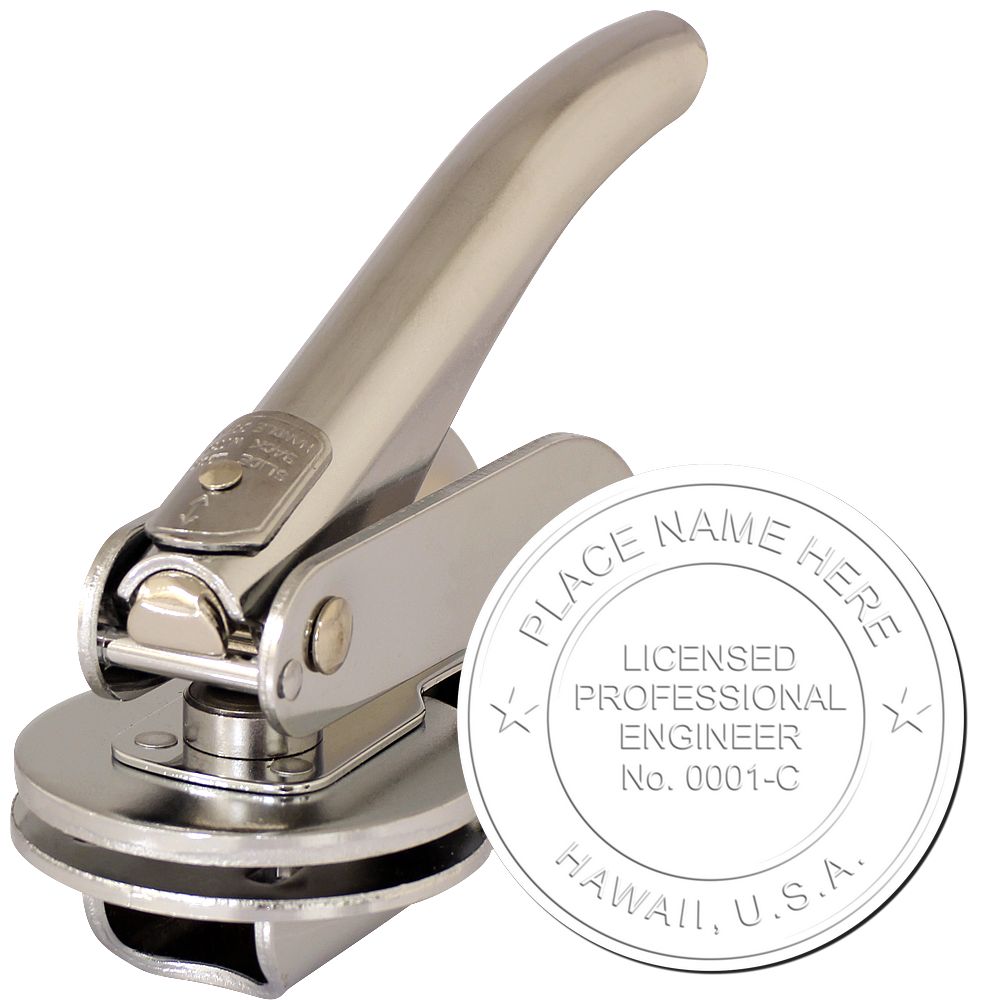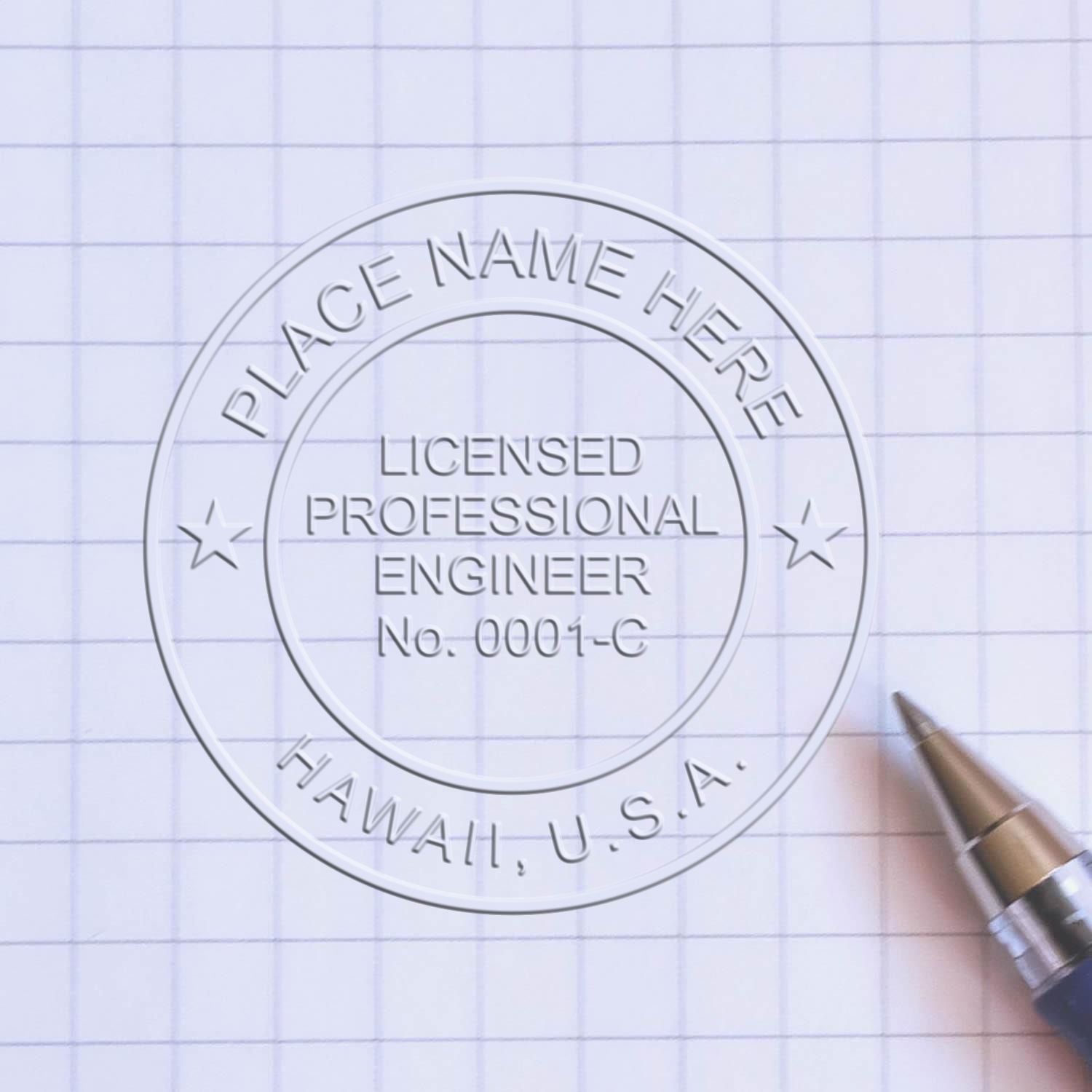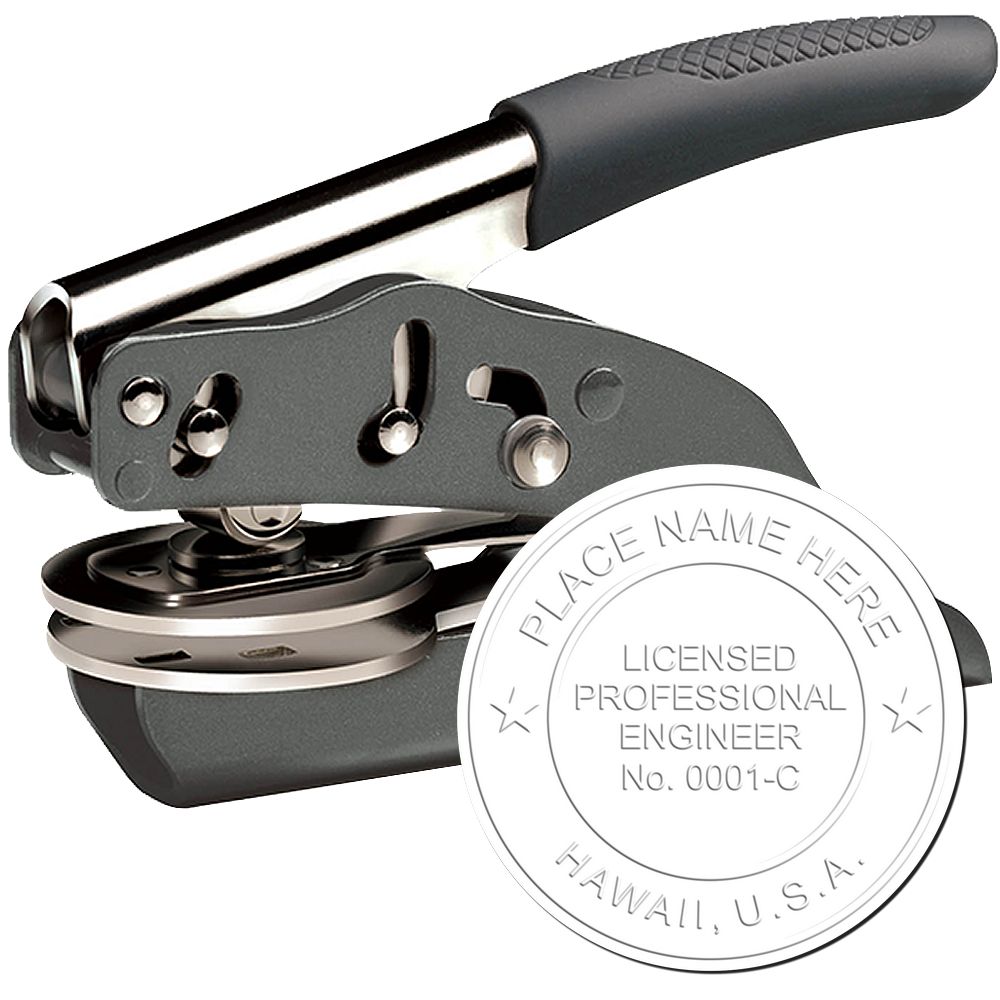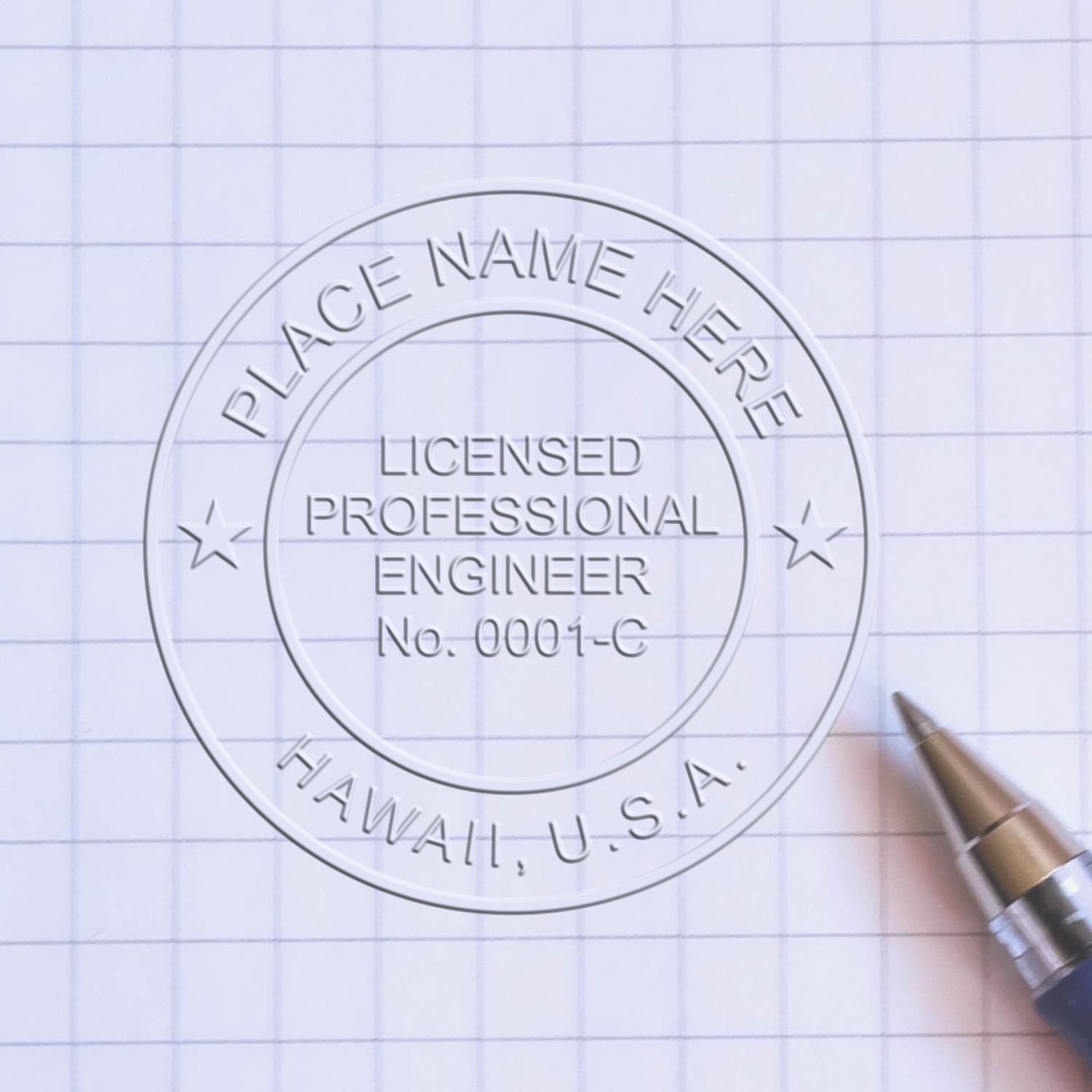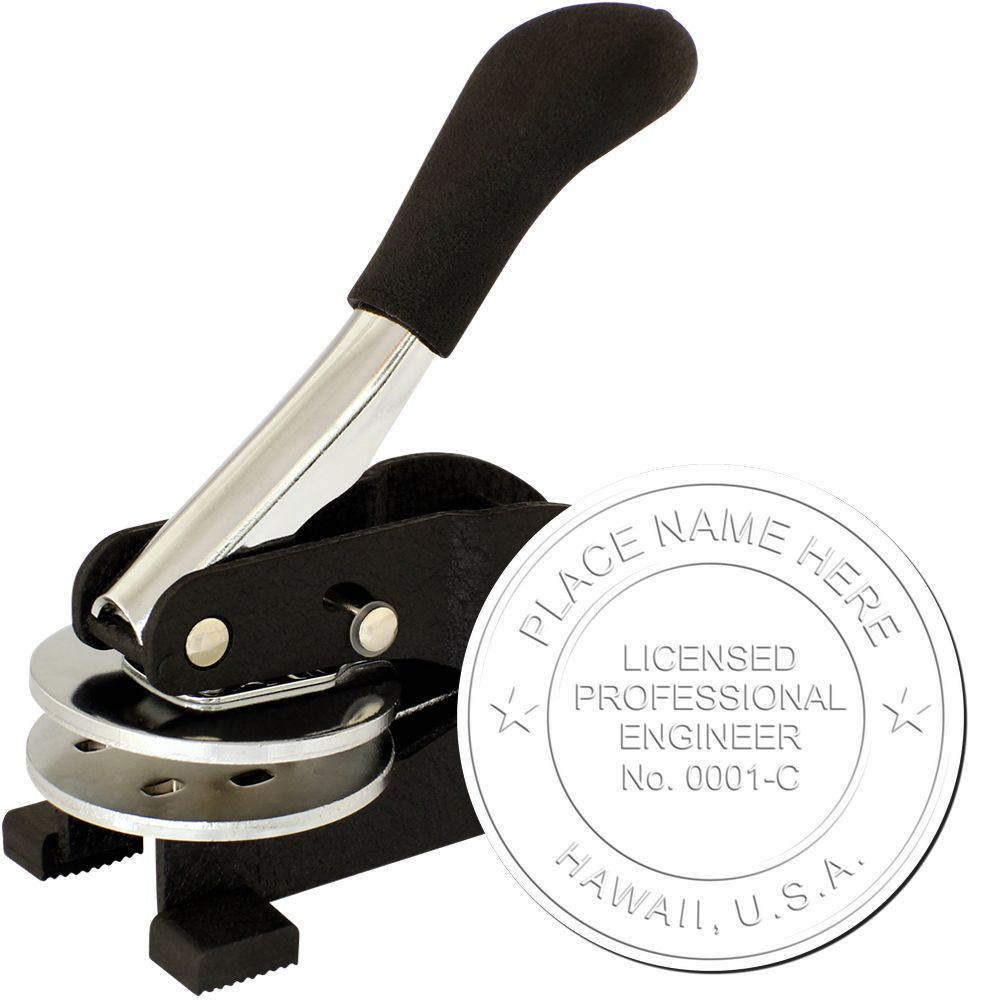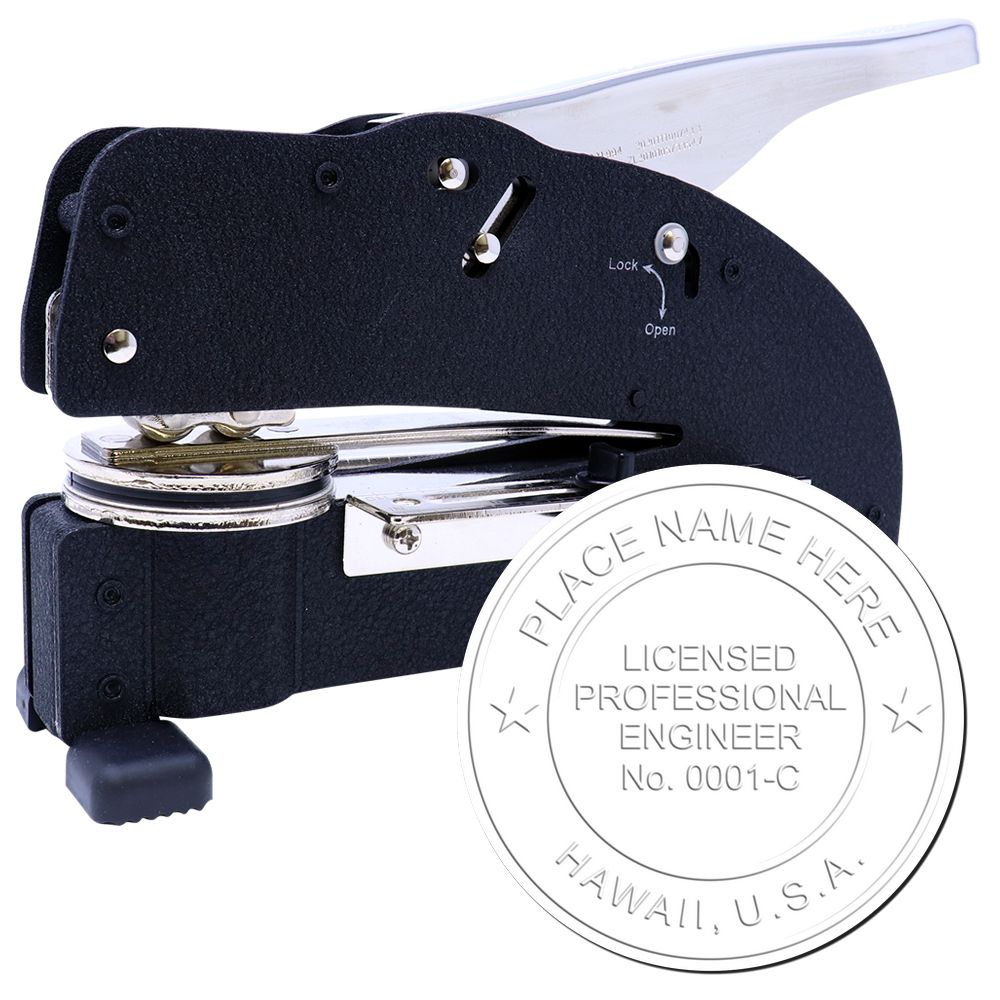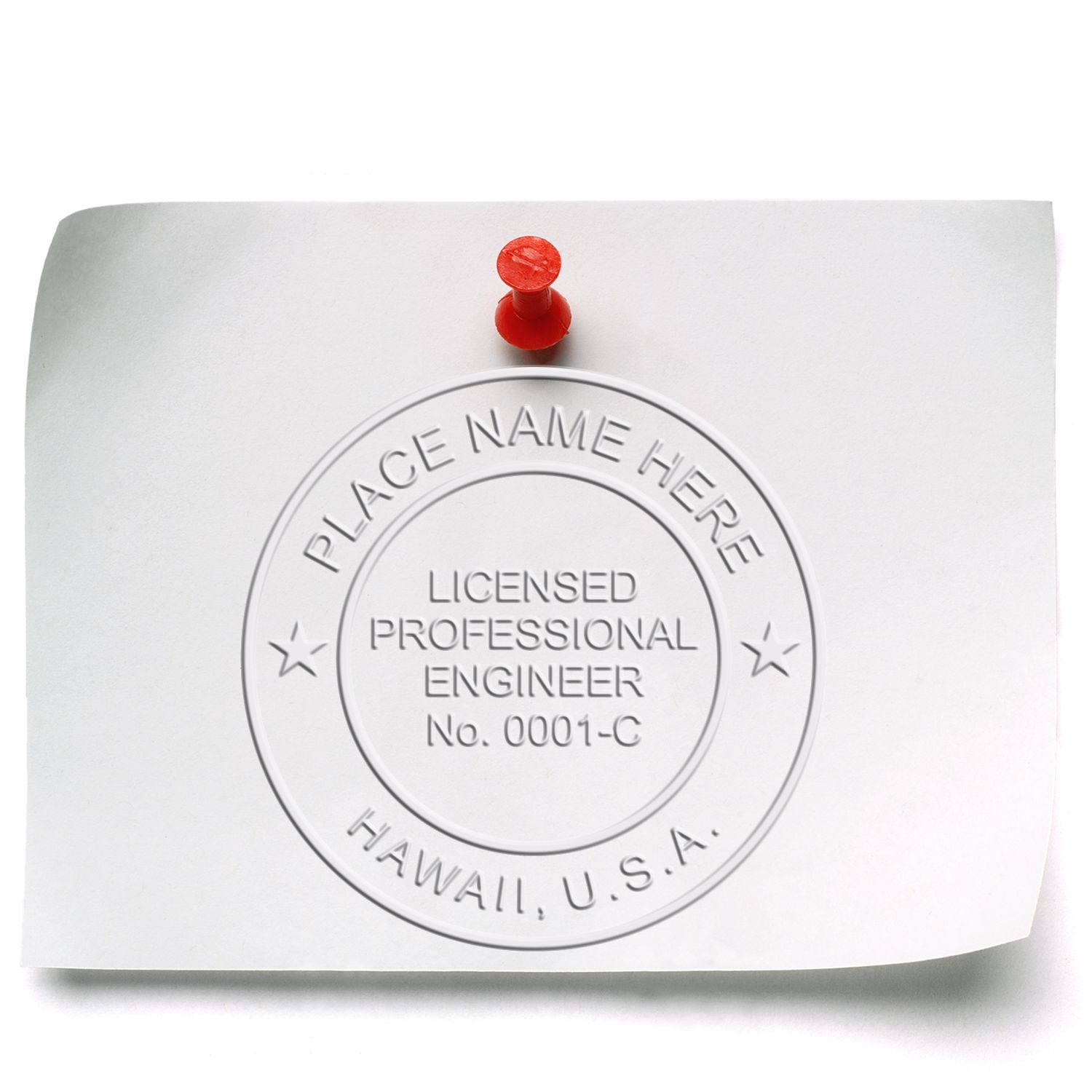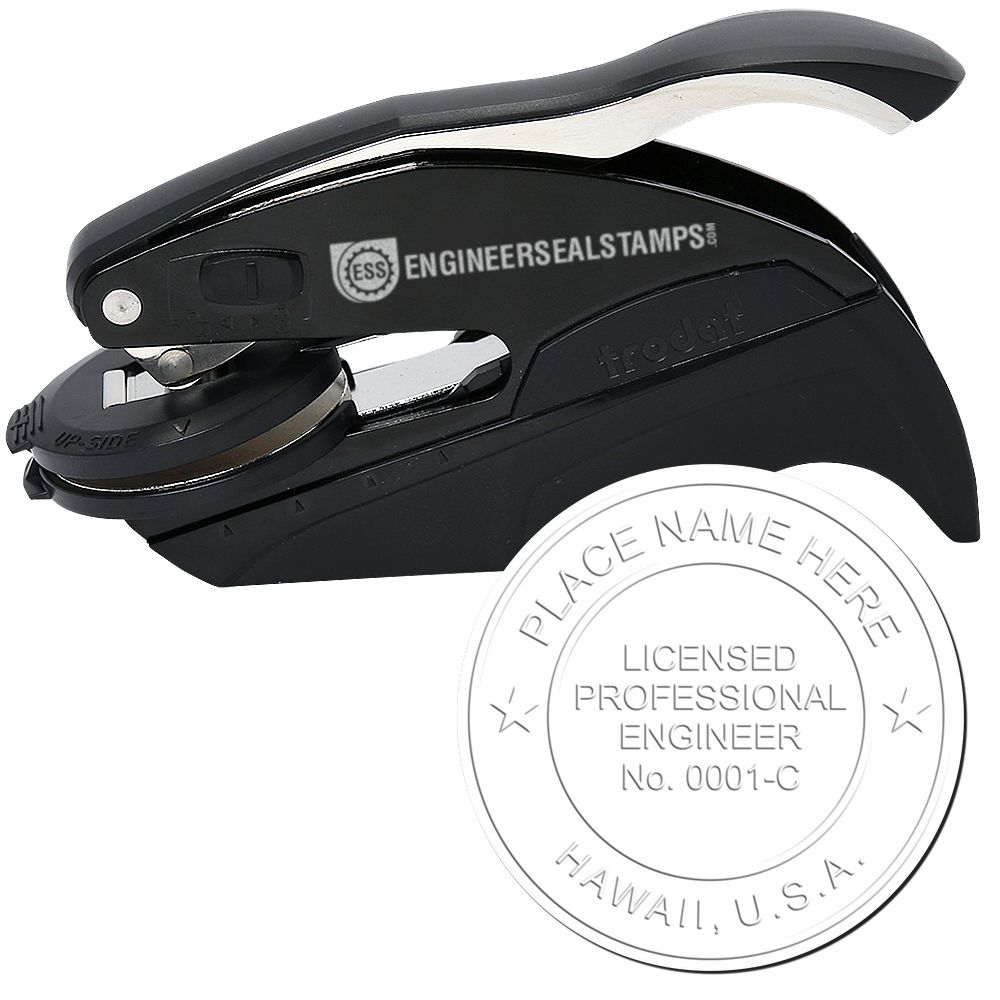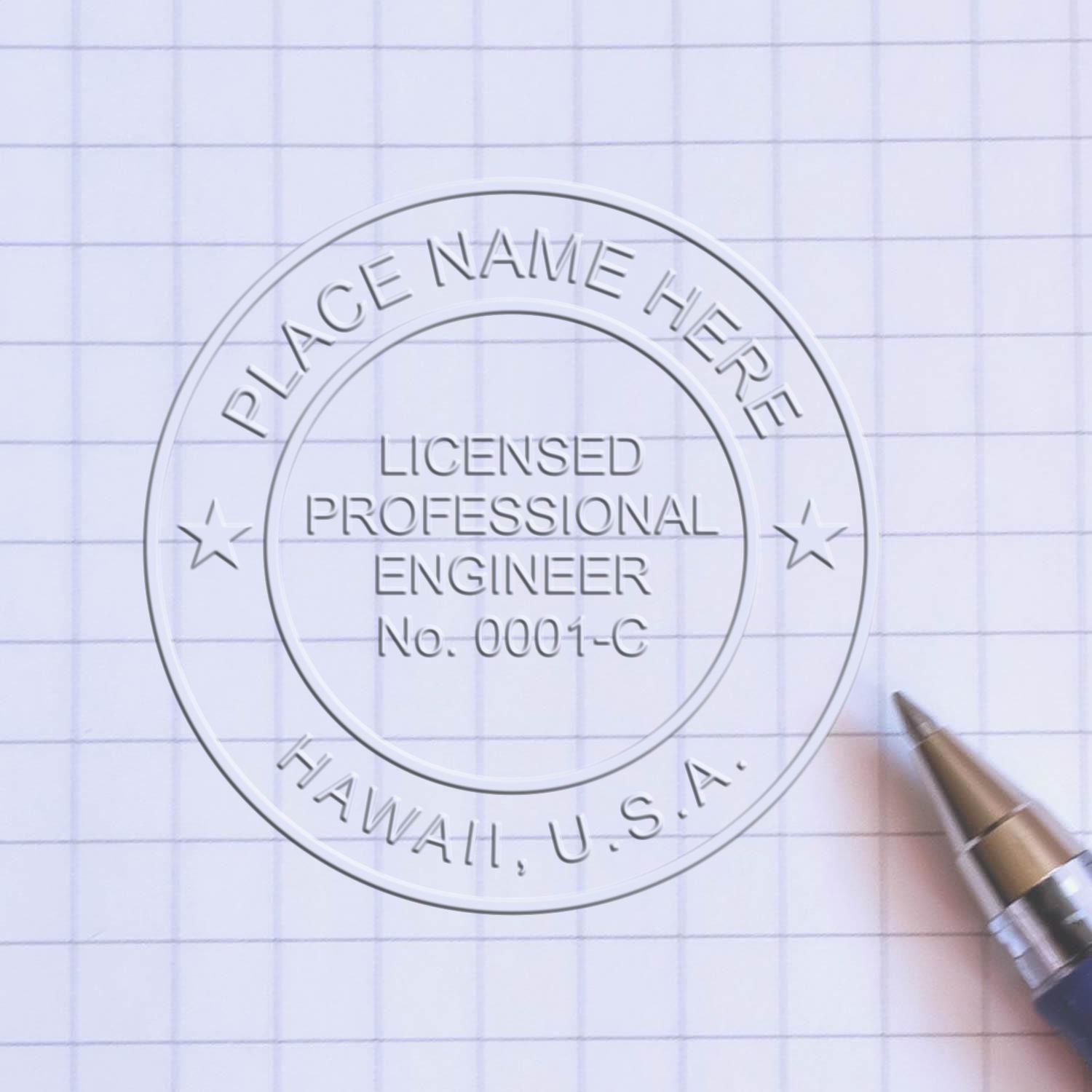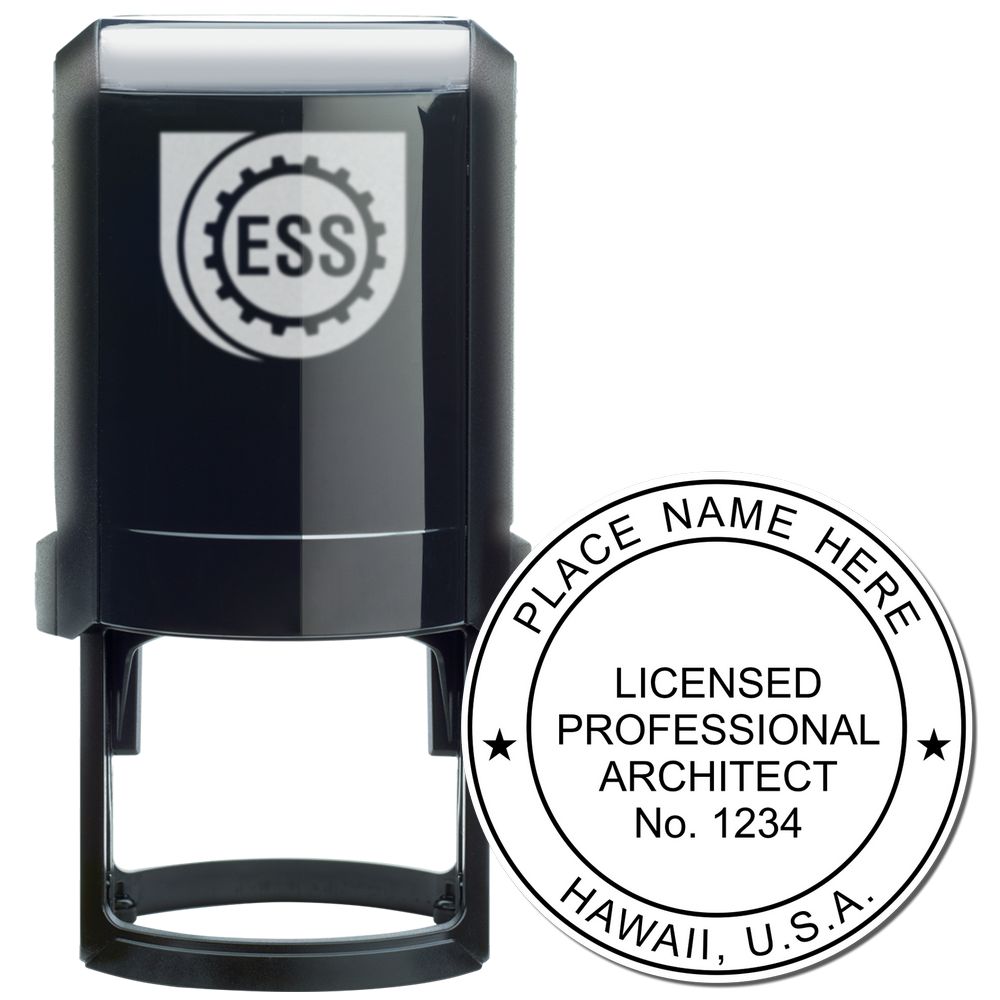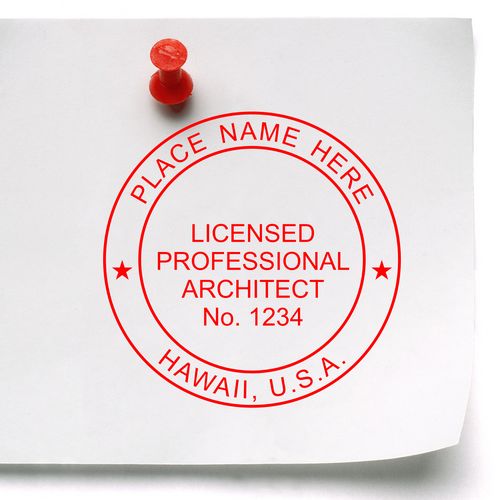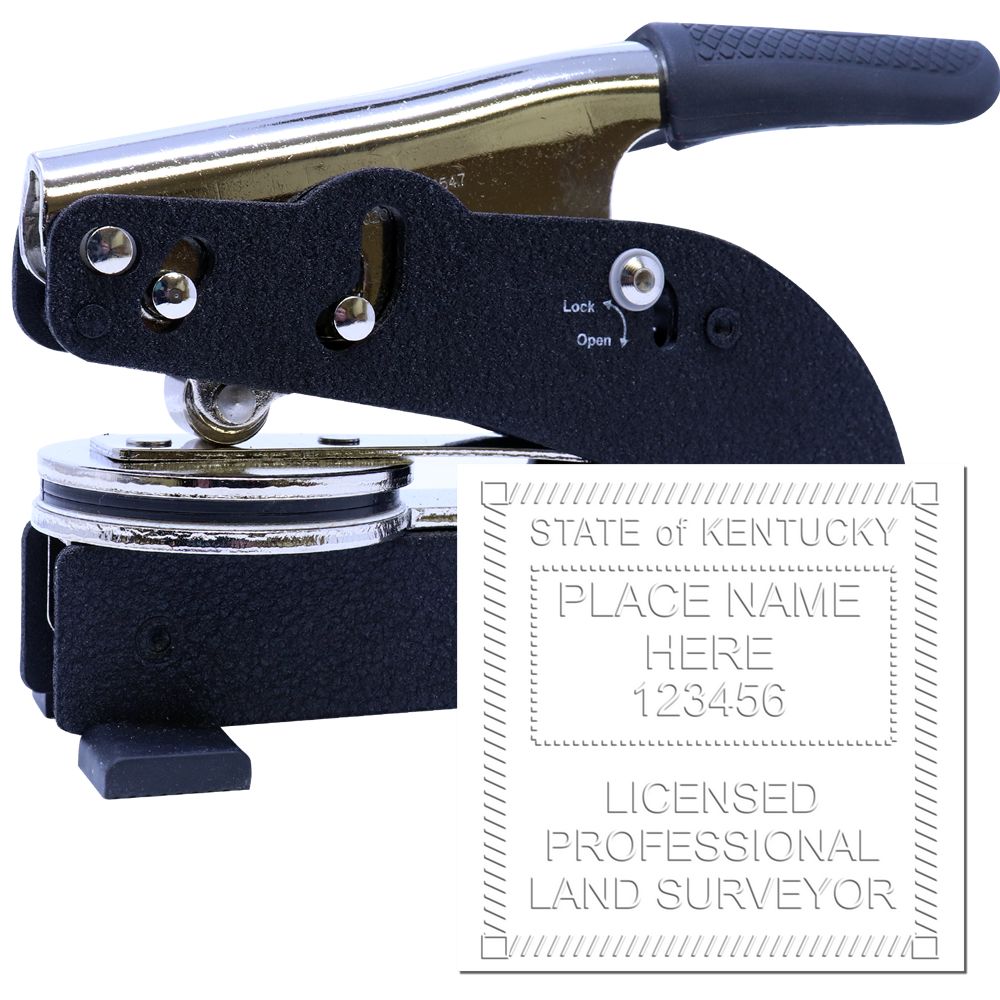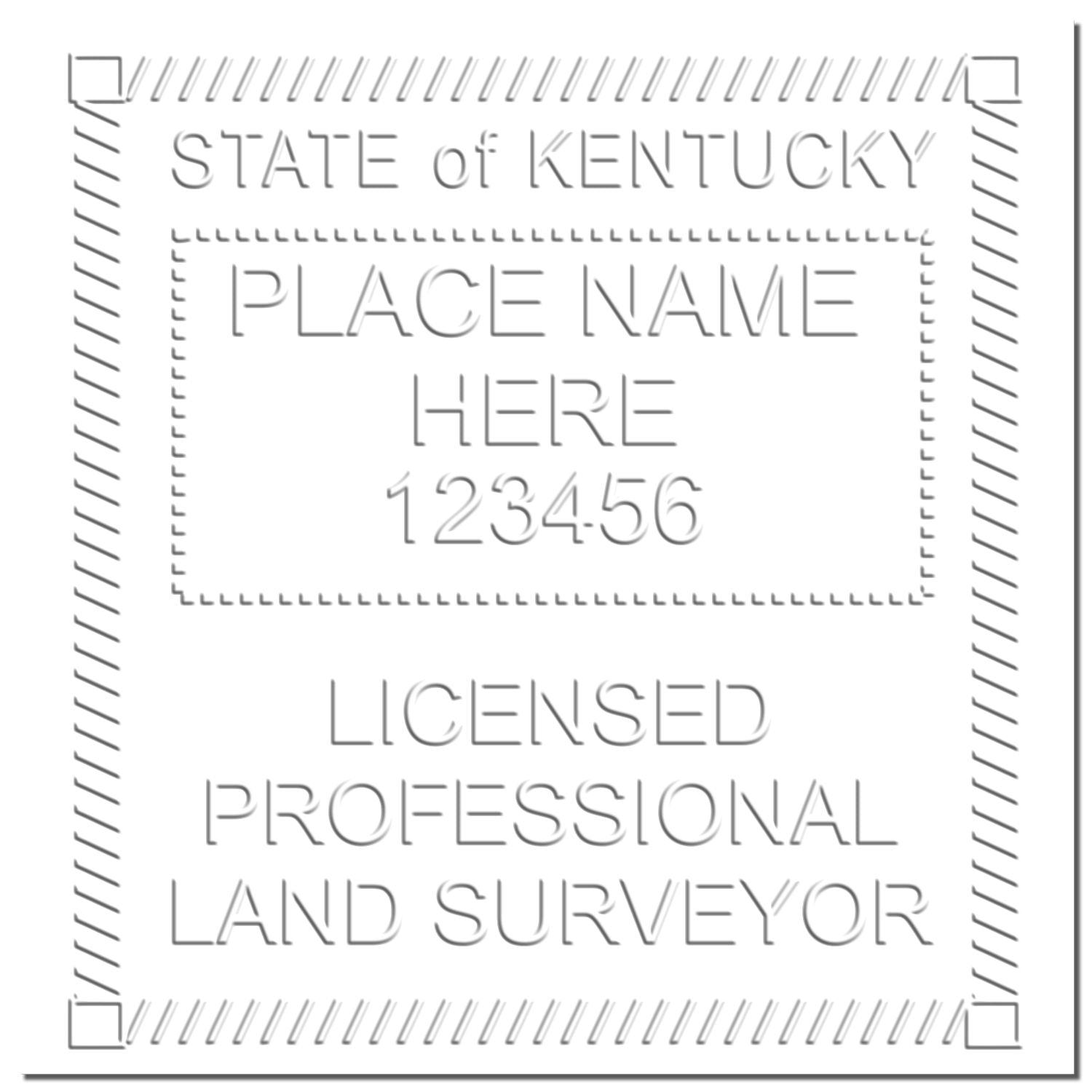Understanding the Hawaii Engineer Stamp
The Hawaii Engineer Stamp is a significant symbol of authority and responsibility in the field of engineering. It represents the official recognition and approval of engineering work by a licensed professional engineer in the state of Hawaii. Understanding the importance of the engineer stamp and being aware of the guidelines surrounding its use is crucial for engineers practicing in Hawaii.
The Importance of the Engineer Stamp
The engineer stamp holds great significance as it signifies that the engineering work has been reviewed, approved, and accepted by a licensed professional engineer. It serves as a mark of assurance to clients, regulatory authorities, and the public that the engineering project has been carried out in compliance with the applicable laws, regulations, and professional standards. The stamp acts as a seal of quality and professional accountability, instilling confidence in the engineering work being performed.
Overview of Hawaii Engineer Stamp Guidelines
Hawaii has specific guidelines in place to regulate the use of the engineer stamp. These guidelines aim to ensure the competence and professionalism of engineers practicing in the state. They cover various aspects, including education and licensing requirements, professional experience criteria, continuing education obligations, stamp design and format specifications, proper placement of the stamp, and additional requirements for digital seals.
To obtain detailed information about the specific guidelines for the Hawaii Engineer Stamp, engineers should refer to the official regulations and resources provided by the Hawaii Board of Professional Engineers, Architects, Surveyors, and Landscape Architects. This regulatory body sets the standards and requirements for professional engineers practicing in the state. For a comprehensive understanding of the guidelines, engineers can also refer to reliable sources such as our article on Hawaii Engineer Stamp Regulations.
By adhering to the guidelines set forth by the state, engineers can ensure compliance with the law and protect the integrity of their professional practice. It is essential to stay informed and up to date with any changes or updates to the guidelines to maintain a valid and legally recognized engineer stamp in Hawaii. For detailed information on the specific requirements to obtain a Hawaii engineer stamp, visit our article on Hawaii PE Stamp Requirements.
Understanding the importance of the engineer stamp and familiarizing oneself with the guidelines governing its use is vital for engineers practicing in Hawaii. By following these guidelines, engineers can demonstrate their professionalism, competence, and commitment to upholding the highest standards in engineering practice within the state.
Requirements for the Hawaii Engineer Stamp
To obtain and use a Hawaii Engineer Stamp, engineers must meet specific requirements set forth by the state. These requirements ensure that engineers possess the necessary education, experience, and professional qualifications to provide engineering services with competence and integrity.
Education and Licensing Requirements
To be eligible for a Hawaii Engineer Stamp, individuals must have completed a bachelor's degree or higher in engineering from an accredited institution. The degree must be relevant to the field of engineering in which the individual seeks licensure. Additionally, engineers must have successfully passed the Fundamentals of Engineering (FE) exam and the Principles and Practice of Engineering (PE) exam.
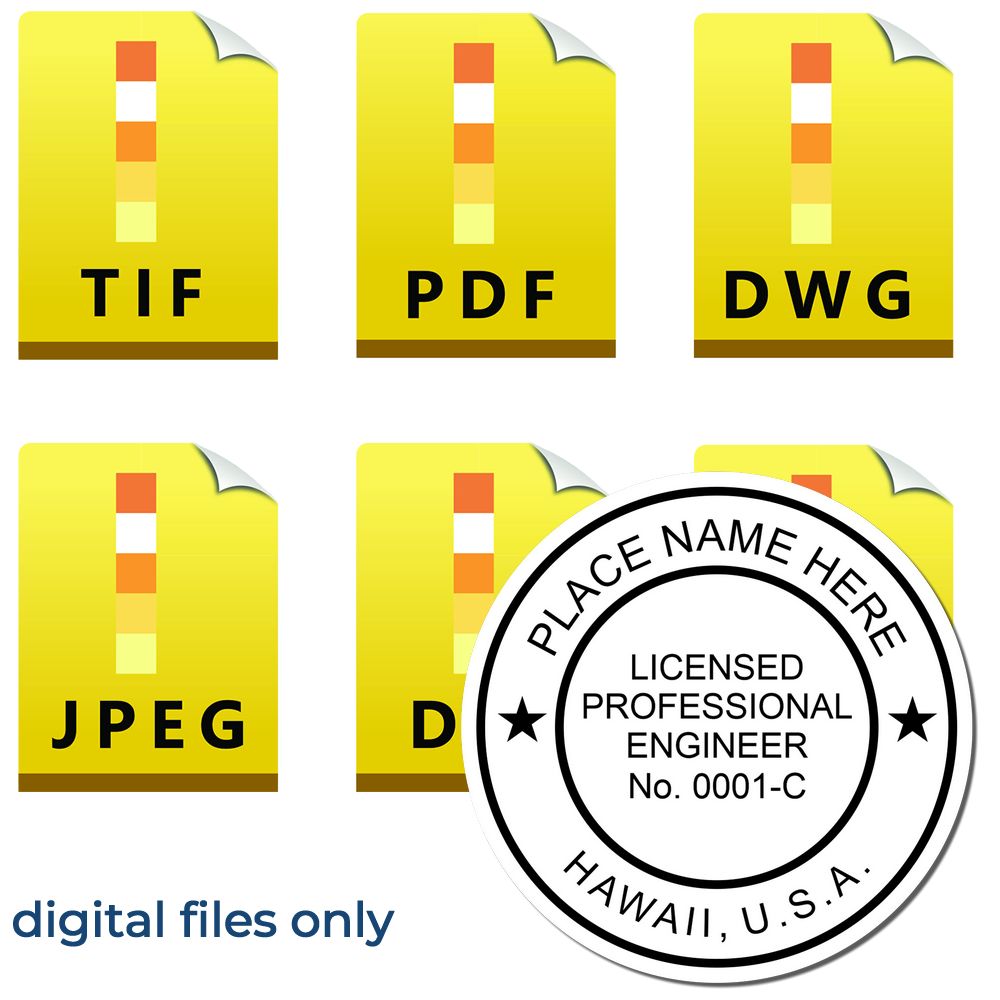
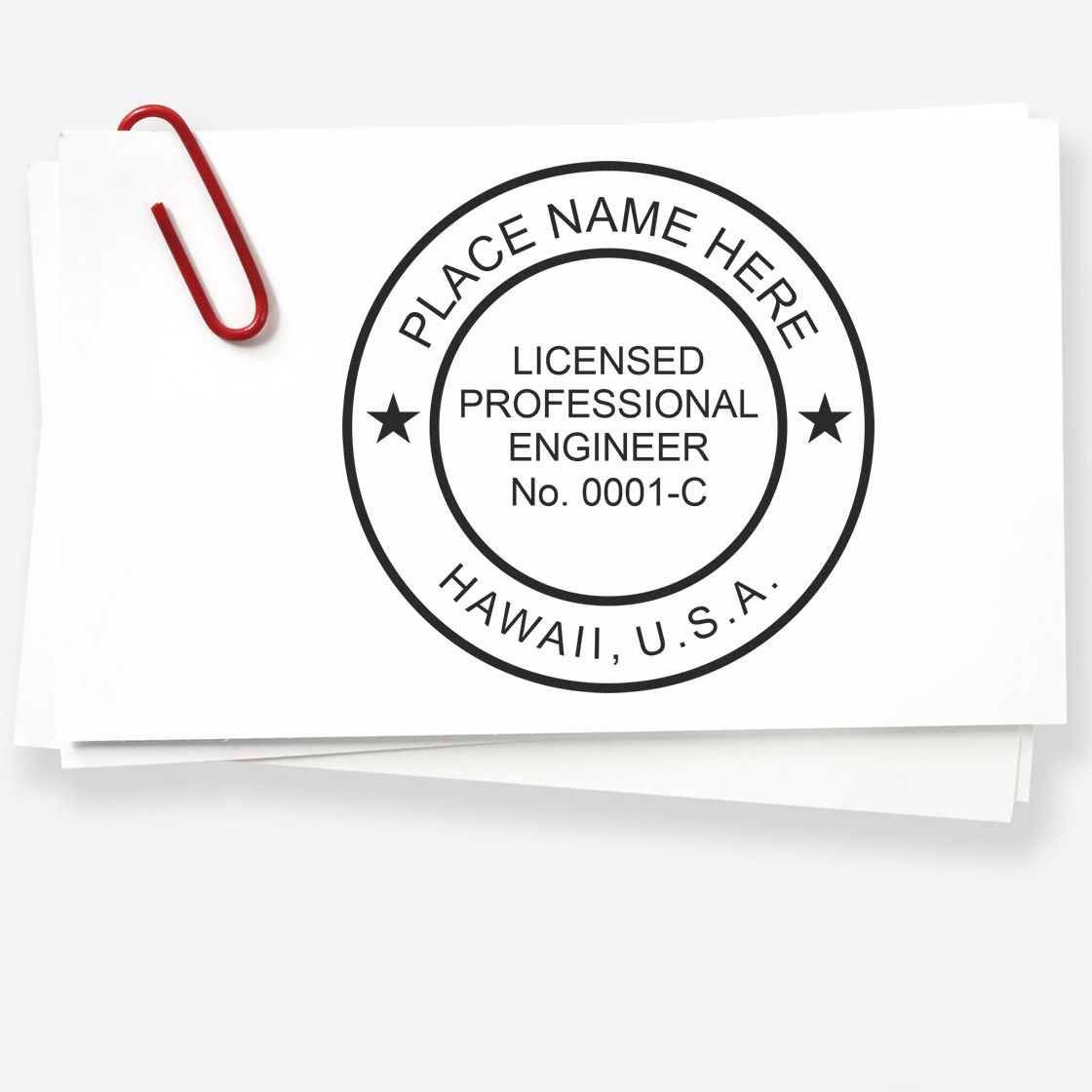
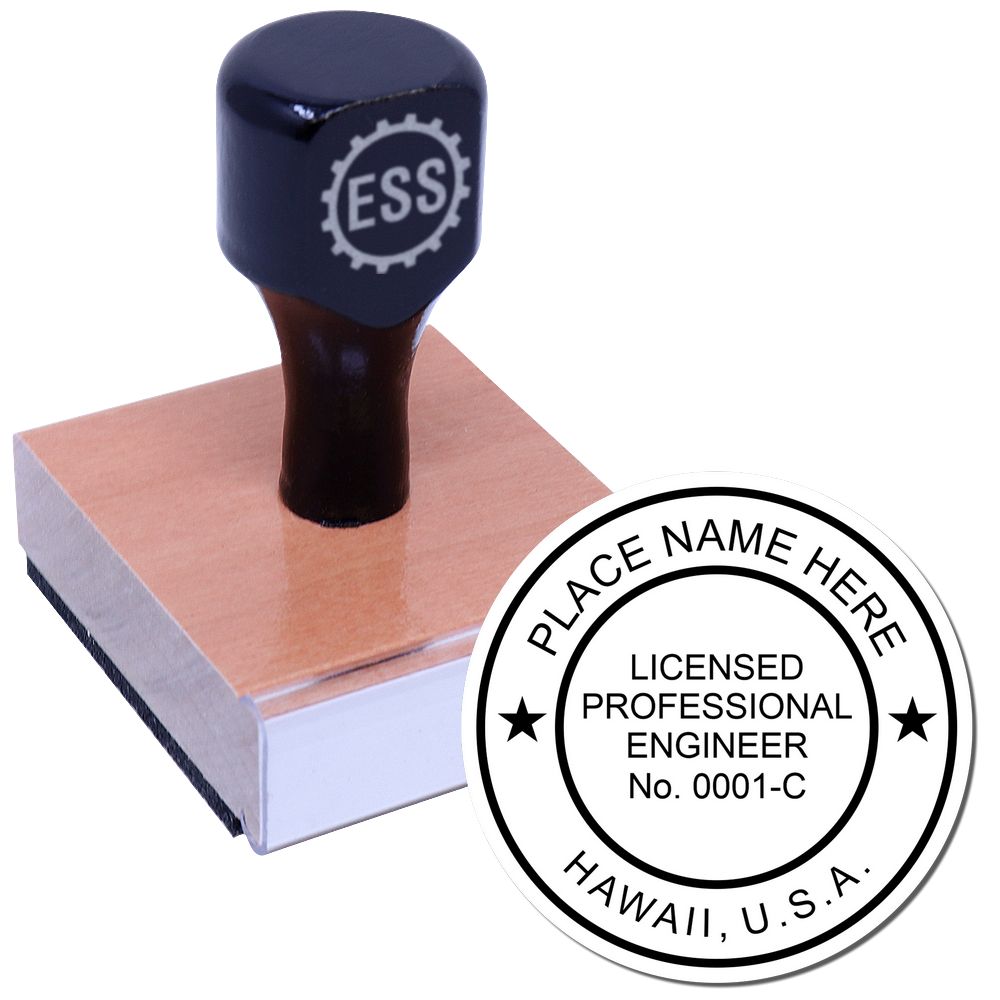
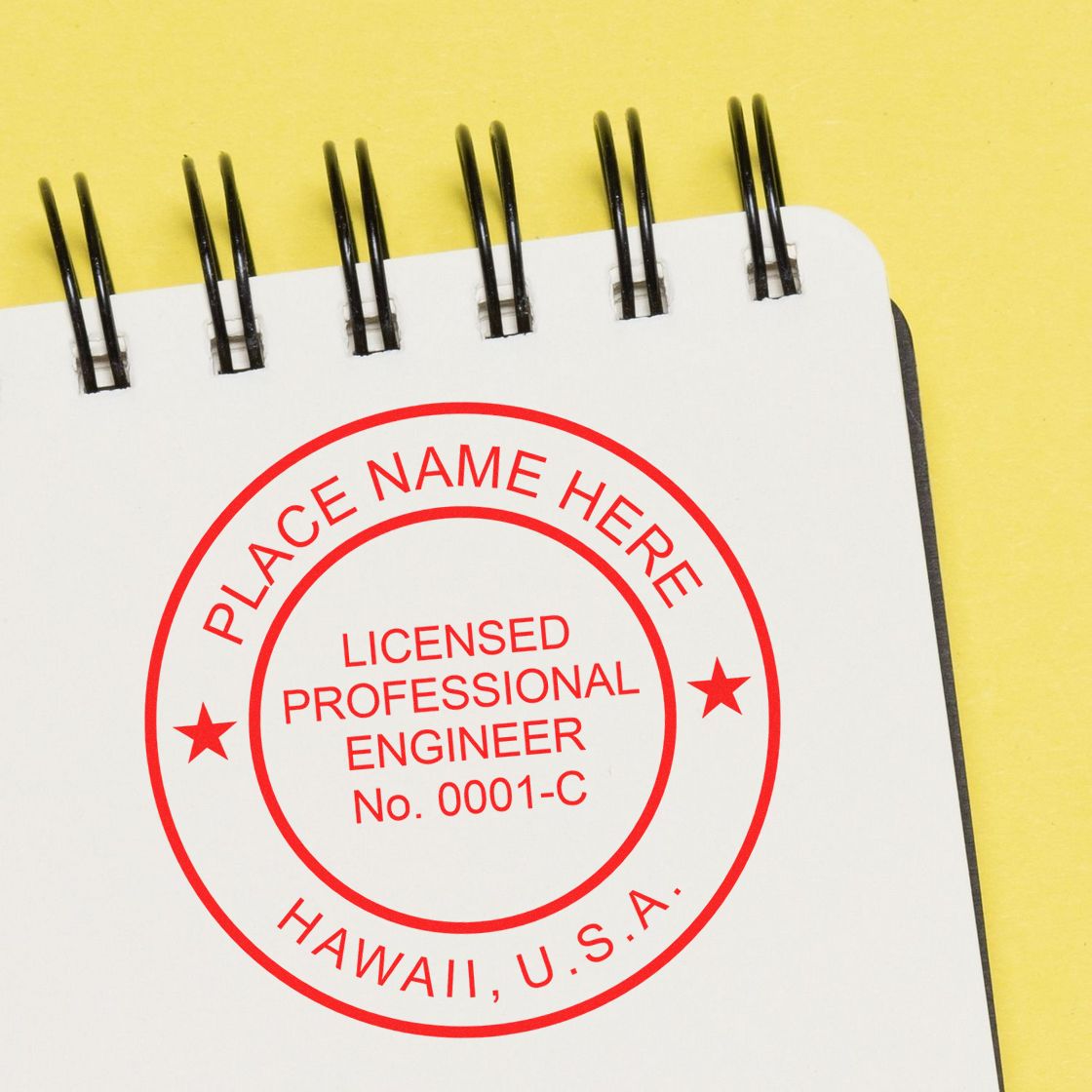
The FE exam is a comprehensive test that assesses an engineer's knowledge of the fundamentals of engineering. Passing the FE exam is a prerequisite for taking the PE exam. The PE exam evaluates an engineer's competency in their chosen engineering discipline. Successful completion of both exams is necessary to obtain a professional engineering license in Hawaii.
Professional Experience Criteria
In addition to the educational requirements, engineers must also fulfill specific professional experience criteria to obtain a Hawaii Engineer Stamp. The exact requirements may vary depending on the engineering discipline and the level of licensure sought.
Typically, engineers must demonstrate a minimum number of years of professional engineering experience under the supervision of a licensed professional engineer. This experience should be relevant to the field of engineering in which the individual seeks licensure. The Hawaii Board of Professional Engineers sets the specific requirements for professional experience, so it is important to consult their guidelines for detailed information.
Continuing Education Obligations
Once an engineer has obtained a Hawaii Engineer Stamp, they must fulfill continuing education obligations to maintain their licensure. These obligations ensure that engineers stay updated with the latest developments in their field and continue to enhance their professional knowledge and skills.
The Hawaii Board of Professional Engineers requires engineers to complete a certain number of continuing education hours within a specific time period. These hours may include courses, seminars, conferences, or other educational activities that are relevant to the practice of engineering. By completing continuing education requirements, engineers demonstrate their commitment to lifelong learning and professional growth.
For more detailed information on the requirements for obtaining a Hawaii Engineer Stamp, including specific regulations and guidelines, refer to our article on hawaii engineer stamp regulations.
Meeting the education, licensing, experience, and continuing education requirements ensures that engineers possess the necessary knowledge and skills to provide engineering services in Hawaii. By obtaining a Hawaii Engineer Stamp, engineers demonstrate their commitment to professionalism and their ability to uphold the highest standards in their practice.
Guidelines for Using the Hawaii Engineer Stamp
Using the Hawaii Engineer Stamp requires adherence to specific guidelines to ensure compliance with the regulations set by the state. By following these guidelines, engineers can confidently and accurately certify their work. In this section, we will discuss the stamp design and format specifications, proper placement of the stamp, and additional requirements for digital seals.
Stamp Design and Format Specifications
The design and format of the Hawaii Engineer Stamp must meet certain specifications to maintain consistency and validity. The stamp should include the engineer's name, license number, the words "Professional Engineer," and the phrase "State of Hawaii." The stamp should also feature the engineer's signature, which may be in either electronic or physical form.

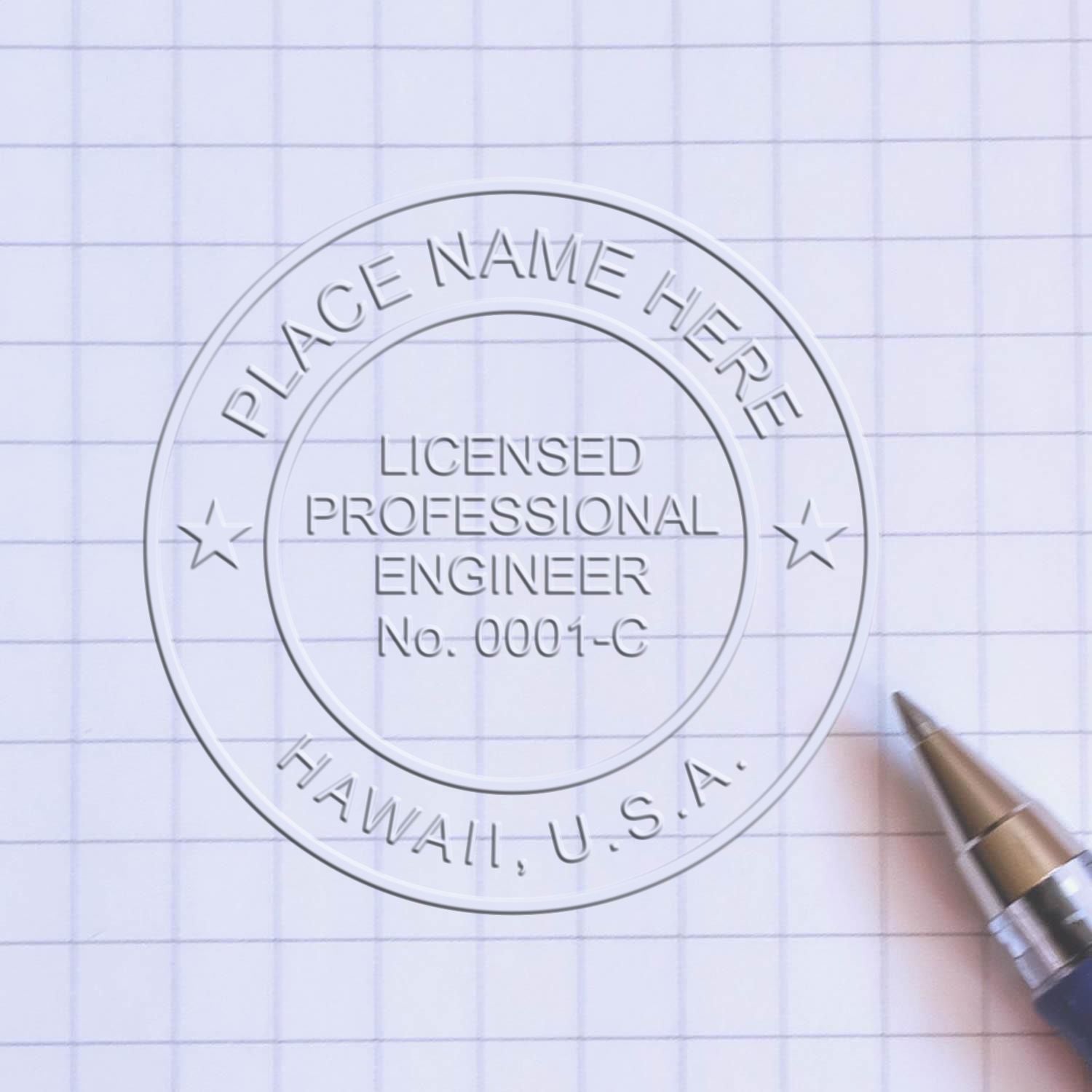
To ensure legibility, the stamp should have a minimum diameter of 1.5 inches. The font size used for the engineer's name and license number should be no smaller than 1/16 of an inch.
Proper Placement of the Stamp
The proper placement of the Hawaii Engineer Stamp is crucial to ensure clarity and visibility. The stamp should be placed on the final engineering document or drawing in a manner that does not obstruct any critical information. It should be positioned in a way that clearly associates the engineer's certification with the specific work being approved.
The stamp should be applied directly to the document using indelible ink or through digital means. If using an ink stamp, it is important to use a high-quality ink pad to ensure clarity and longevity. Digital stamps should be applied using secure digital signatures that comply with the requirements outlined by the state.
Additional Requirements for Digital Seals
Engineers may choose to use digital seals in place of traditional ink stamps. Digital seals must comply with the requirements set by the state of Hawaii to ensure security and authenticity. These requirements include the use of secure digital signatures and adherence to encryption standards.
Digital seals must be stored securely and should not be accessible to unauthorized individuals. The engineer should also have a system in place to verify the integrity of the digital seal, ensuring that it has not been tampered with or altered.
For more detailed information on the regulations and requirements for using the Hawaii Engineer Stamp, please refer to our article on hawaii engineer stamp regulations.
By following the guidelines for using the Hawaii Engineer Stamp, engineers can confidently certify their work and ensure compliance with the state regulations. Proper stamp design and placement, whether using physical or digital seals, is essential in maintaining the integrity and validity of the engineer's certification.
Common Questions about the Hawaii Engineer Stamp
Having a clear understanding of the guidelines surrounding the Hawaii Engineer Stamp is crucial for engineers and professionals in the industry. Here are some common questions that often arise regarding the Hawaii Engineer Stamp:
How to Obtain a Hawaii Engineer Stamp?
To obtain a Hawaii Engineer Stamp, engineers must meet the requirements set by the Hawaii Board of Professional Engineers, Architects, Surveyors, and Landscape Architects (PEASLA). These requirements typically include:
-
Education and Licensing: Engineers must possess a bachelor's degree from an accredited engineering program and hold a valid professional engineering license in the state of Hawaii. For more information on the specific education and licensing requirements, refer to our article on hawaii pe stamp requirements.
-
Professional Experience: Engineers must have a certain number of years of professional engineering experience, typically acquired under the supervision of a licensed professional engineer. The specific experience criteria can vary, and it is important to consult the PEASLA guidelines for more details.
Once the necessary requirements are fulfilled, engineers can order their Hawaii Engineer Stamp from a reputable stamp supplier. The stamp design must adhere to the stamp design and format specifications outlined by PEASLA. For a comprehensive understanding of the regulations surrounding the Hawaii Engineer Stamp, refer to our article on hawaii engineer stamp regulations.




Can Out-of-State Engineers Use the Hawaii Engineer Stamp?
Yes, out-of-state engineers can use the Hawaii Engineer Stamp as long as they meet the requirements set by PEASLA. These requirements typically involve demonstrating equivalent education, licensing, and professional experience criteria as established for Hawaii-based engineers.
Out-of-state engineers should consult the PEASLA guidelines and contact the board directly to determine the specific requirements they need to fulfill in order to use the Hawaii Engineer Stamp. The guidelines may vary depending on the state in which the engineer is licensed.
What Are the Consequences of Misusing the Engineer Stamp?
Misusing the Engineer Stamp or Seal is a serious offense and can have severe consequences. Misuse may include stamping or sealing documents that have not been personally prepared by the engineer, using the stamp without the appropriate professional license, or using the stamp in a manner that violates the regulations set by PEASLA.
Consequences for misuse can include disciplinary actions, fines, and potential loss of professional licensure. It's essential for engineers to fully understand and comply with the guidelines outlined by PEASLA to avoid any legal or professional repercussions. For more information on the specific requirements and regulations, refer to our article on hawaii engineering stamp laws.
By familiarizing themselves with the guidelines and regulations surrounding the Hawaii Engineer Stamp, engineers can ensure compliance and maintain their professional integrity. It's important to stay up to date with any changes or updates to the guidelines and consult the PEASLA board or relevant resources for any specific queries or concerns regarding the Hawaii Engineer Stamp.
About ESS
ESS is a leading manufacturer in the industry specializing in top-notch custom rubber stamps, professional seals and notary stamps. Our team of experts has hands-on experience in manufacturing premium-quality products that have consistently met the high standards of our customers. Our primary goal is to provide the best customer experience by rendering stellar customer service, timely delivery, and meeting every specific requirement of our clients.
We take pride in the durability and long-lasting performance of our products which are backed by a state-board guarantee, ensuring that our clients can rely on our products with complete peace of mind. We also offer a quick turnaround on all our products, ensuring that our clients receive their orders promptly. At ESS, we understand the importance of standing out amongst the competition and showcasing professionalism. That's why we don't compromise on the quality of our products. We use the latest technologies and manufacturing techniques to develop products that are durable and long-lasting. With over 50 years of experience in the industry and a team of experienced and qualified professionals, ESS has set a benchmark in the market for providing premium-quality custom rubber stamps, professional seals and notary stamps. We are committed to maintaining our standard and continuously strive to raise the bar.

